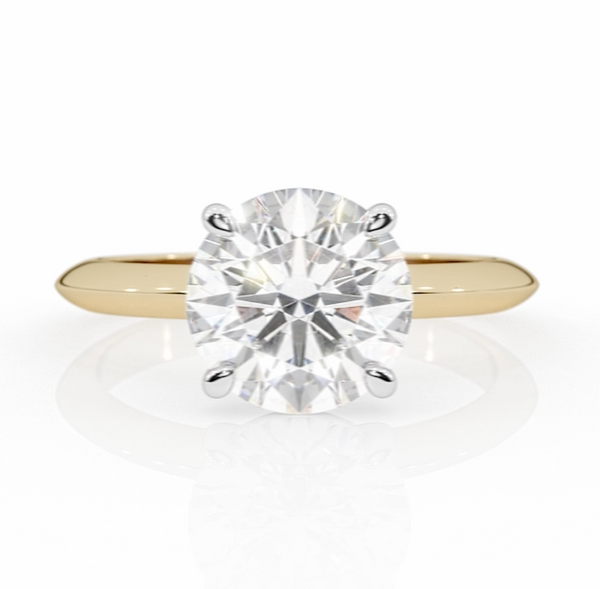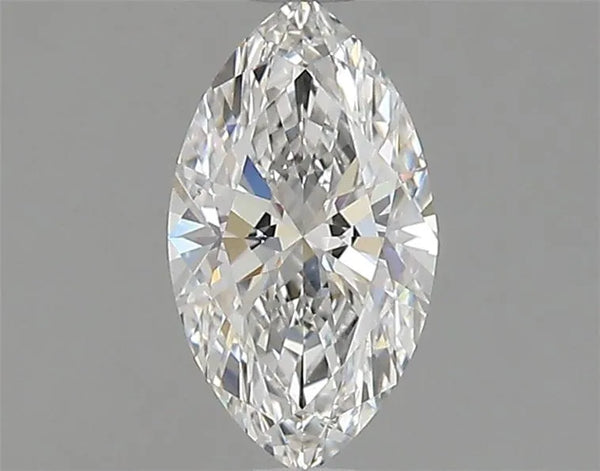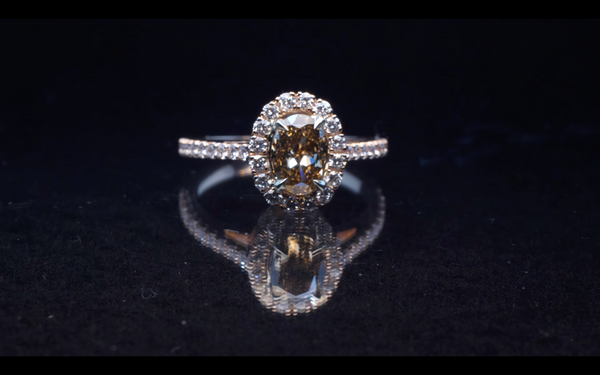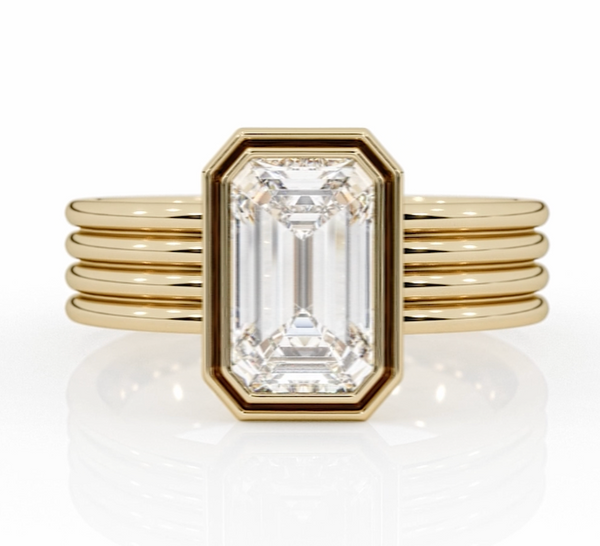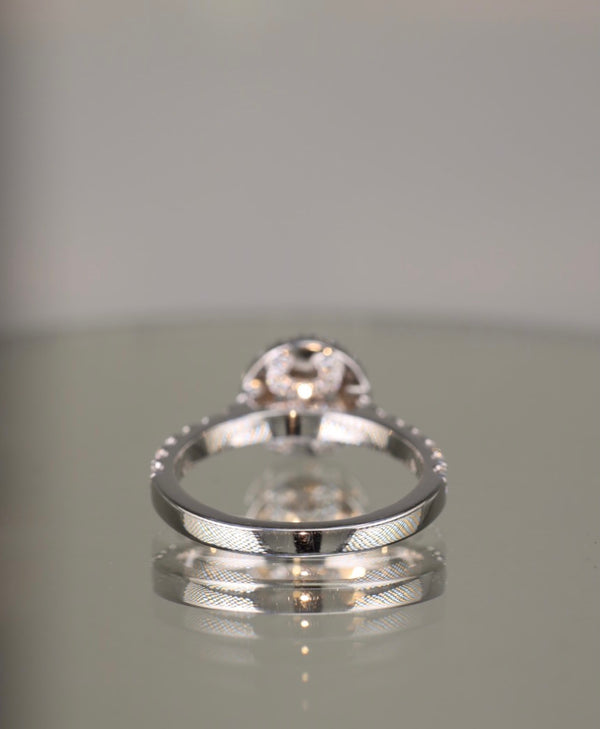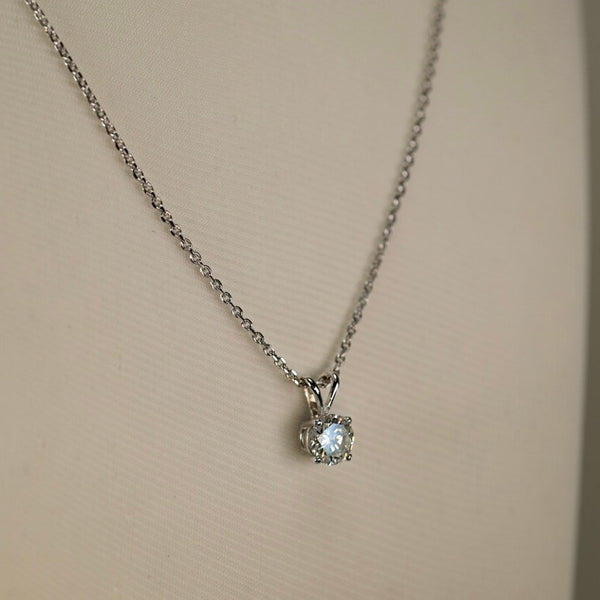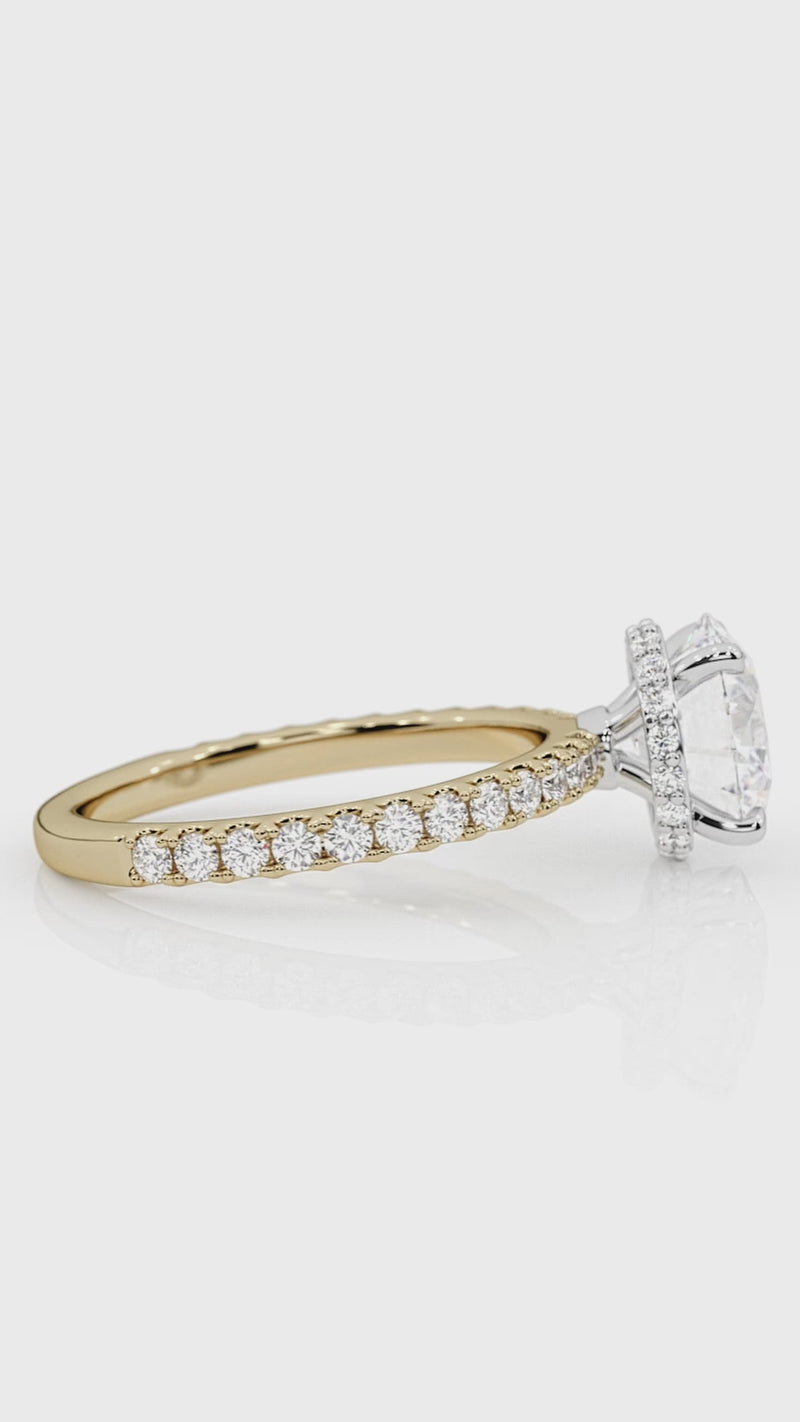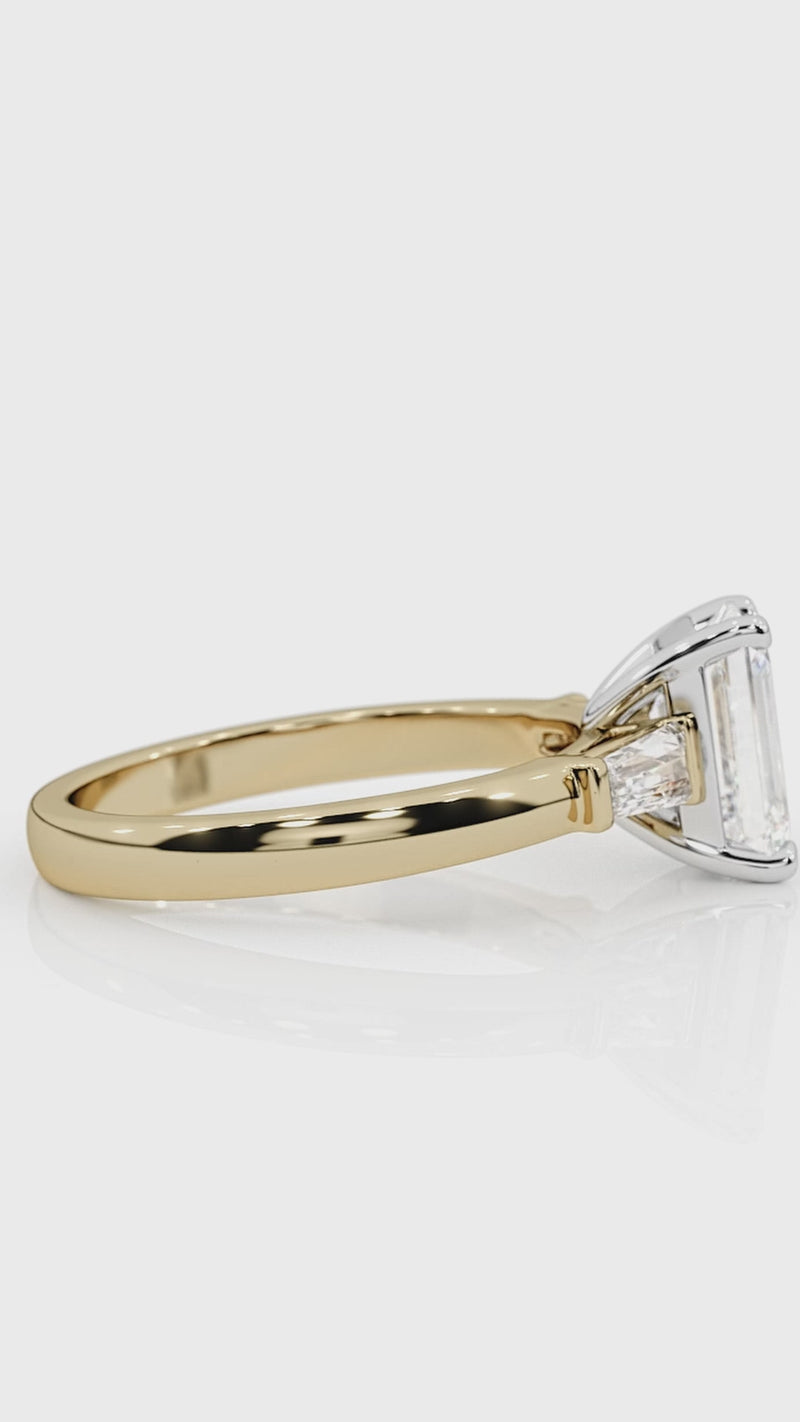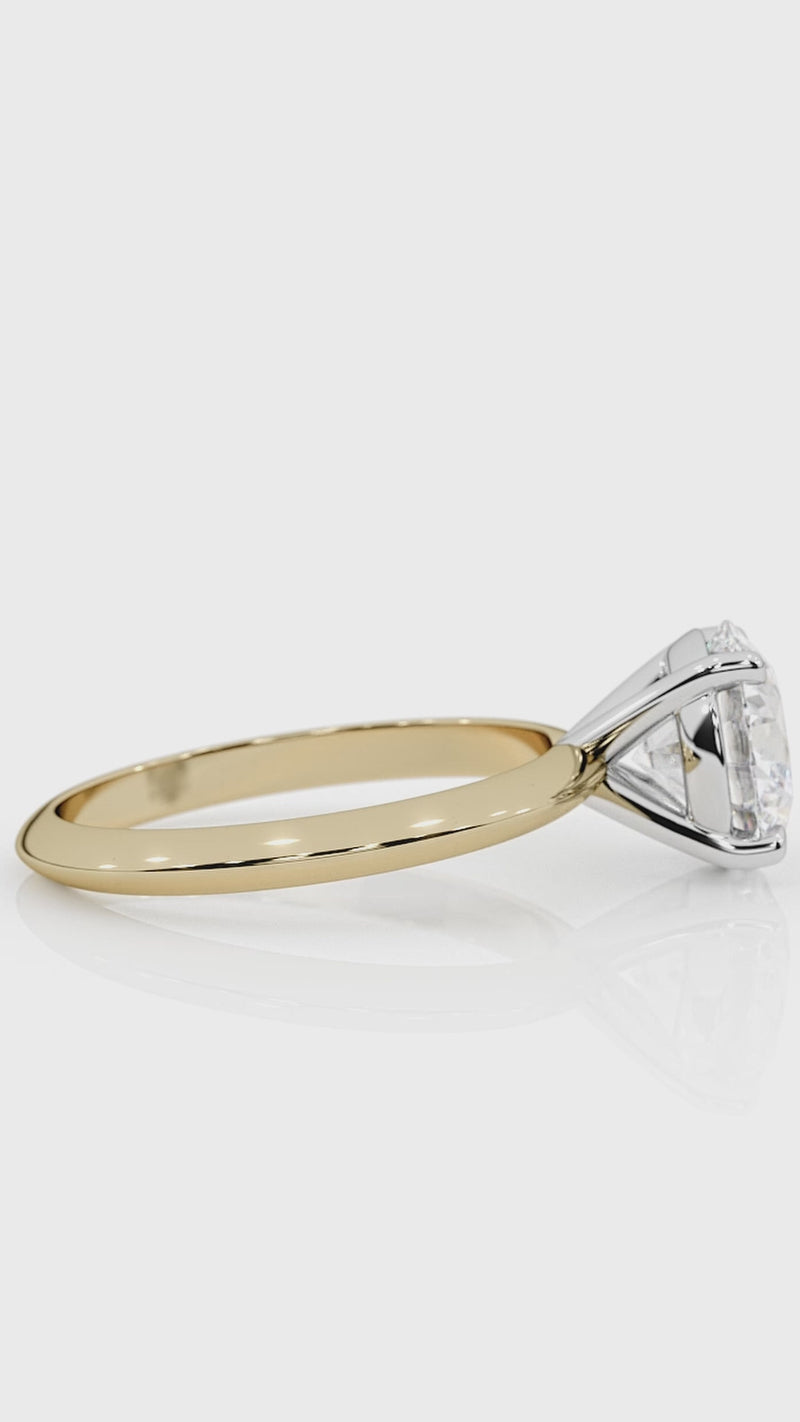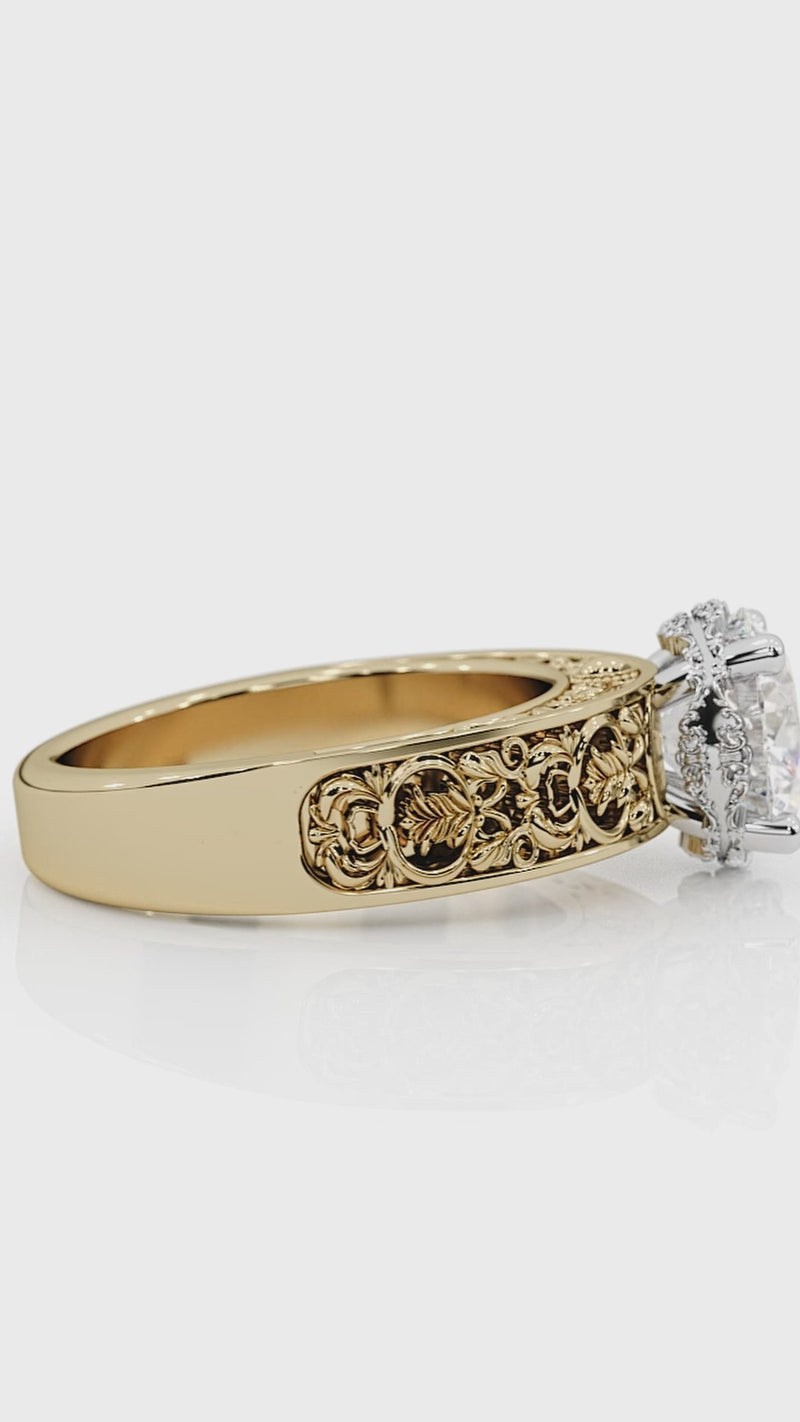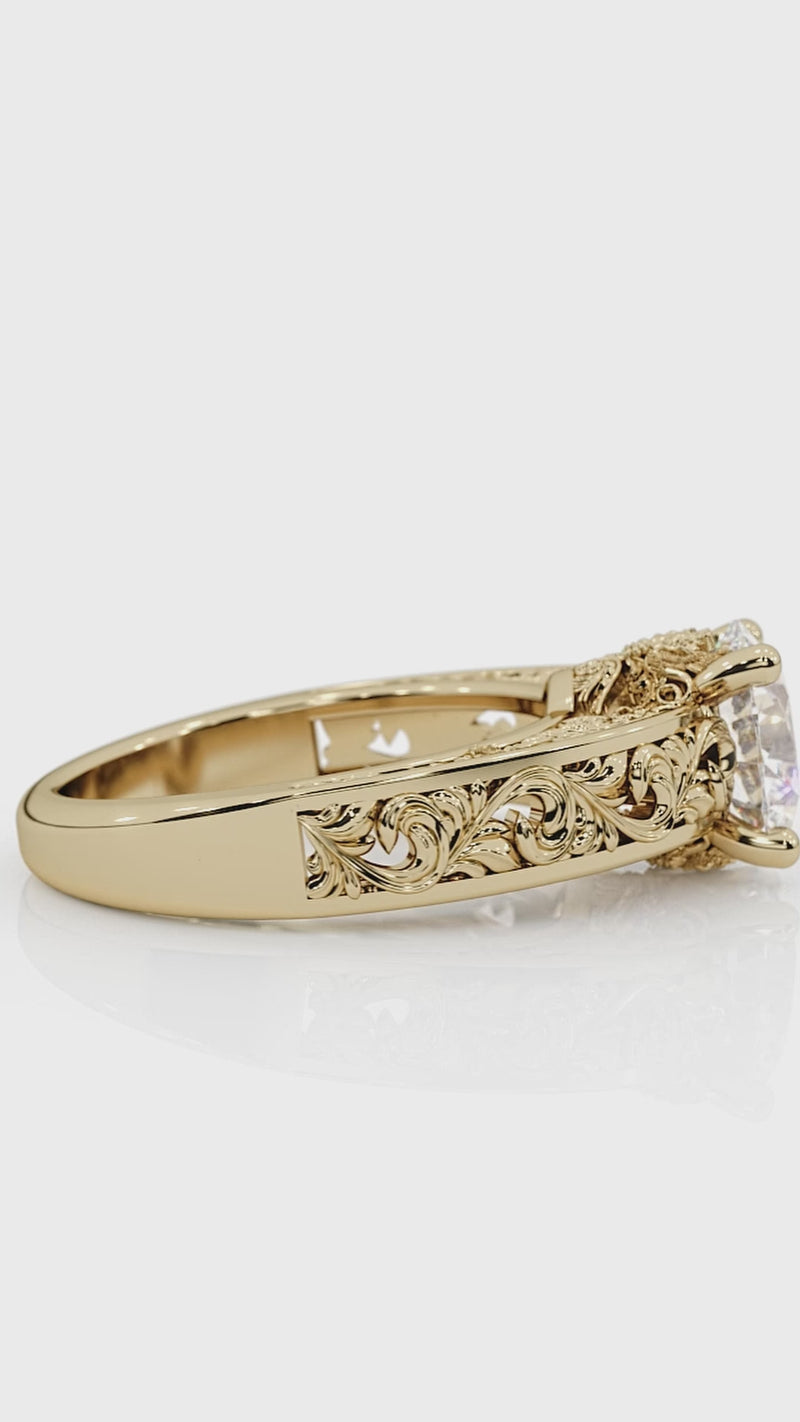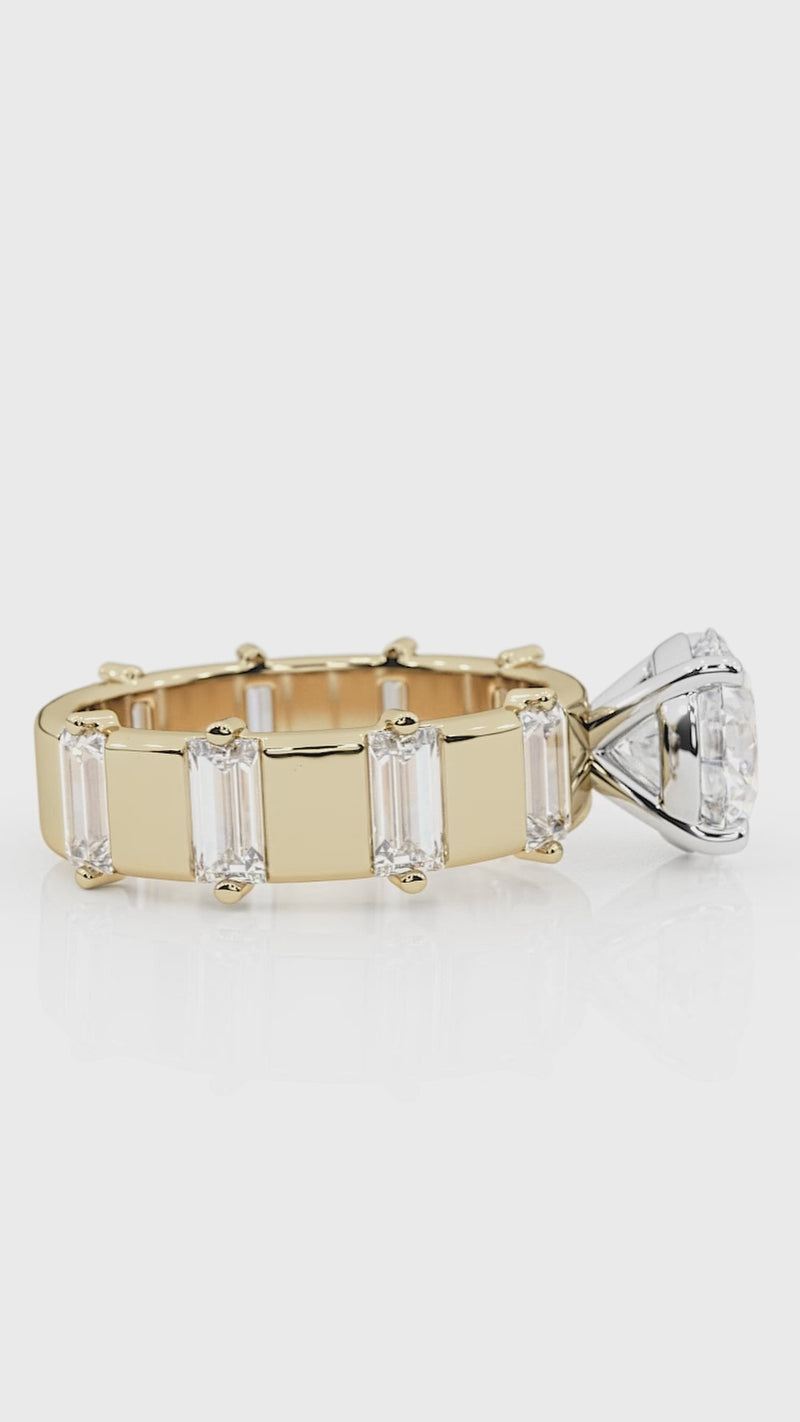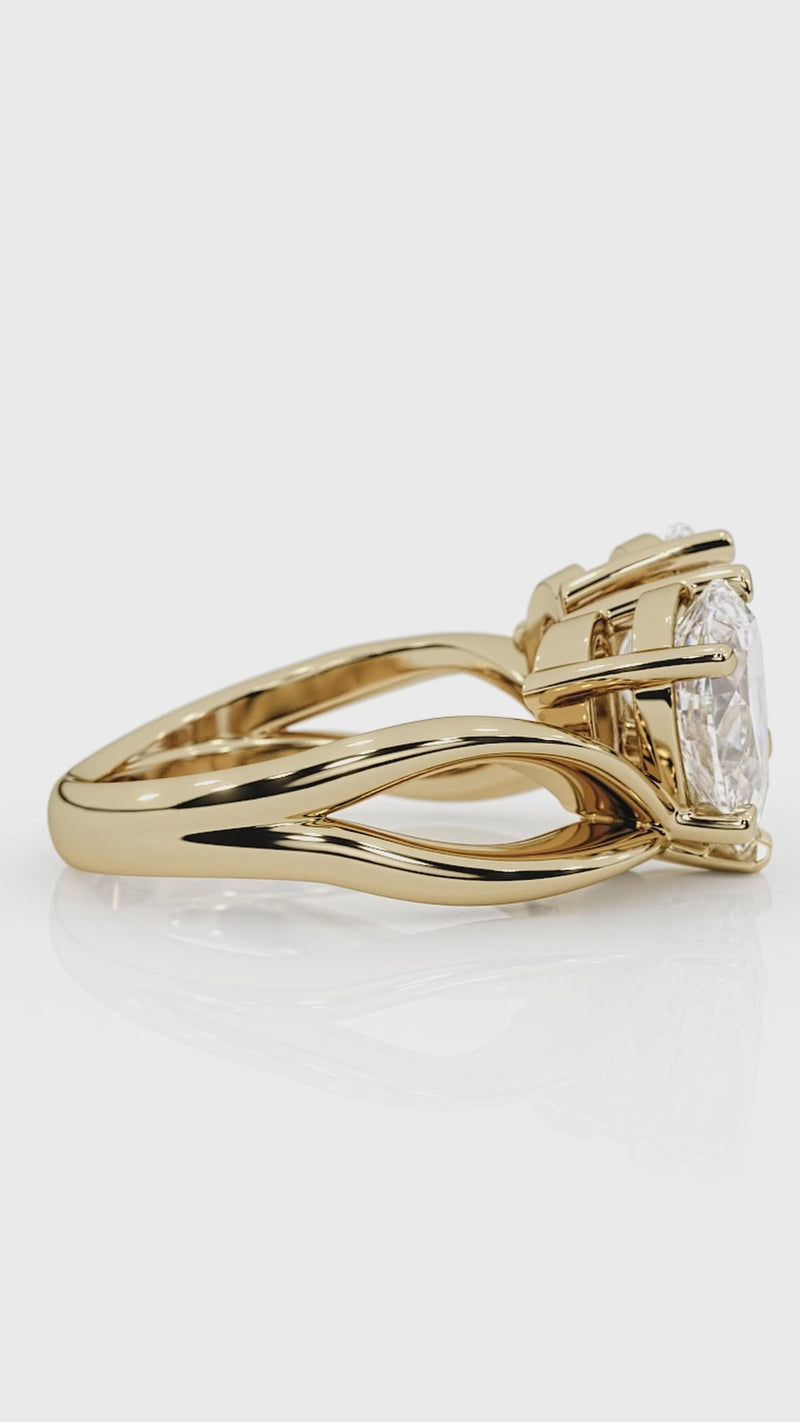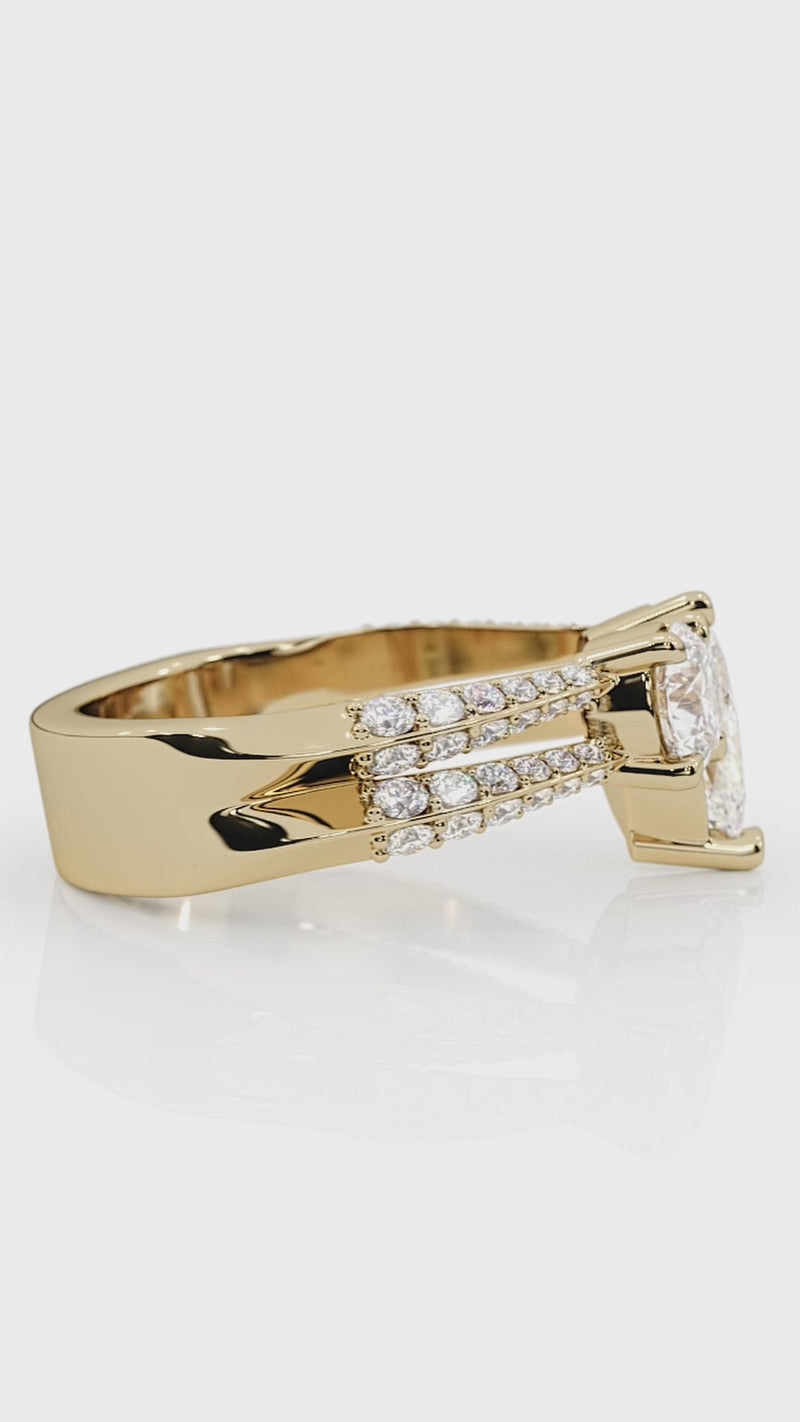The Difference—Lab Grown vs Natural Diamonds: A Comprehensive Overview
By Nick Coutu
Table of Contents
Introduction
What Are Lab Grown Diamonds?
What Are Natural Diamonds?
Why Focus on the Difference Between Lab Grown and Natural Diamonds?
Difference Between Lab Grown and Natural Diamonds - Price and Value
Difference Between Lab Grown and Natural Diamonds - Environmental Impact
Key Similarities
Three Quick Comparisons
Links to More Blogs
Summary
FAQ
Introduction
When it comes to sparkle, brilliance, and timeless appeal, diamonds have long been considered the ultimate gem. However, the difference between lab grown and natural diamonds has become a hot topic in recent years. Bold technological breakthroughs have made it possible to create gems with the same physical and chemical properties as those found deep within the earth. Yet, consumers often wonder: How exactly do these two types of diamonds stack up against each other? In this comprehensive guide, we’ll delve into the origins, pricing, environmental impact, and more—so you can make an informed choice.
What Are Lab Grown Diamonds?
Lab grown diamonds, also known as synthetic or cultured diamonds, are real diamonds made using advanced scientific methods. Every 100 words or so, it’s important to emphasize a critical fact: lab grown diamonds are not fake stones; they possess the same crystal structure and physical characteristics as their naturally formed counterparts. Scientists either use the High Pressure High Temperature (HPHT) method or Chemical Vapor Deposition (CVD) to replicate the intense conditions (pressure and heat) found beneath the Earth’s surface.
Key Points on Lab Grown Diamonds
-
Authentic Composition: Made of pure carbon, identical chemical composition to mined diamonds.
-
Cost: No diamond is exactly the same, but when comparing exact gradings, a lab diamond typically costs ~40% the price of their natural counterpart.
-
Ethical Sourcing: Less concern about conflict zones or unethical mining practices.
What Are Natural Diamonds?
Natural diamonds form under extreme heat and pressure roughly 100 miles beneath the Earth’s crust over billions of years. Volcanic eruptions bring them closer to the surface, where they are eventually mined. Bold marketing campaigns throughout the 20th century helped position natural diamonds as the epitome of love and luxury. While these stones are often revered for their rarity, the mining process can lead to environmental concerns, habitat destruction, and, in some cases, complicated ethical questions.
Benefits of Natural Diamonds
-
Geological Marvel: Shaped by Earth’s natural processes, each stone has a unique story.
-
Established Value: Historically, natural diamonds have held significant resale value.
-
Rarity Factor: The perception of scarcity and the mystique surrounding natural formation.
Why Focus on the Difference Between Lab Grown and Natural Diamonds?
The difference between lab grown and natural diamonds is more relevant than ever, thanks to heightened consumer awareness about sustainability, ethics, and cost. As technology improves, lab grown diamonds become increasingly accessible—allowing more people to own a high-quality gemstone without stretching their budget too far.
With so many choices on the market, understanding the distinct nuances of each type of diamond ensures your purchase aligns with your values and budget.
Difference Between Lab Grown and Natural Diamonds - Price and Value
One of the biggest questions people have about the difference between lab grown and natural diamonds revolves around cost. Typically, lab grown diamonds are priced anywhere from 20% to 50% lower compared to comparable natural stones. This price gap has been fueled by:
-
Technological Advancements: As manufacturing processes become more efficient, lab grown diamonds become cheaper to produce.
-
Market Competition: More brands are entering the lab grown diamond market, driving prices down.
-
Consumer Demand Shifts: Many buyers prioritize ethics and sustainability, boosting lab grown diamonds and leading to competitive pricing.
Natural diamonds often carry a higher price tag due to their perceived rarity, marketing, and the extensive logistics involved in mining and distribution. The long-term resale value of natural diamonds might also be a consideration, though the secondary market can fluctuate.
Pause quickly to understand the price difference between Lab and Natural, here's a comparison of what you can get with each price point for your budget.
|
Price Point
|
Natural Diamond
|
Lab Grown Diamond
|
|
$3500
|
0.5 Carat Centre Stone + Simple Band
|
1 Carat Diamond
+ Fully Custom Band
Or
1.5 Carat Diamond
+ Simple Band
|
|
$6000
(average engagement ring spend)
|
0.75 Carat Centre Stone + Simple Band
|
2 Carat Diamond
+ Fully Custom Band
|
|
$8000
|
1 Carat Centre Stone + Simple Band
|
2.5 Carat Diamond
+ Fully Custom Band
|
|
$10,000
|
1.25 Carat Centre Stone + Simple Band
|
3 Carat Diamond
+ Fully Custom Band
|
|
$15,000
|
1.5 Carat Centre Stone + Simple Band
|
Top of the line 3 Carat Diamond
+ Fully Custom Band
|
|
$20,000
|
2 Carat Diamond + Simple Band
|
Top of the line 3 Carat Diamond
+ Fully Custom Band
+ A Diamond Tennis Bracelet (3 Carats total weight)
|
|
$50,000
|
3 Carat Diamond + Fully Custom Band
|
Top of the line 3 Carat Diamond
+ Fully Custom Band
+ A Diamond Tennis Bracelet (3 Carats total weight)
+ A Diamond Tennis Necklace (12 Carats total weight)
+ Diamond Earrings (3 Carats Total Weight)
|
This table is for theoretical purposes and is used for quick comparison reference only. You should always consult a jeweller to help you make the most informed decisons. This table assumes average quality (Cut: Ideal / Ex, Clarity: VS, Colour: F) unless otherwise stated (IE "Top of the line," which assumes Cut: Ideal, Clarity: IF, Colour: D).
Difference Between Lab Grown and Natural Diamonds - Environmental Impact
Another crucial difference between lab grown and natural diamonds lies in the environmental footprint. Diamond mining requires extensive excavation, often displacing land, wildlife, and local ecosystems. Although regulations and best practices exist, large-scale operations can still lead to environmental concerns, including water pollution and carbon emissions.
Lab grown diamonds are not entirely carbon neutral; they require significant energy to replicate Earth’s conditions. However, many facilities now rely on renewable energy sources to reduce carbon emissions. Consequently, lab grown diamond production can be more sustainable overall, but it’s still essential to be mindful of the substantial energy consumption of lab grown diamond creation.

Pictured: Aikhal is one of the world’s largest mines located in Yakutia, Russia.
Key Similarities
Amidst all the talk about the difference between lab grown and natural diamonds, it’s important to remember they share several similarities:
-
Chemical Composition: Both consist of pure carbon atoms in a crystalline lattice.
-
Hardness: Each scores a perfect 10 on the Mohs scale, making them extremely durable.
-
Visual Brilliance: When cut and polished, lab grown and natural diamonds exhibit equal fire, sparkle, and scintillation.
Three Quick Comparisons
- Longevity: Both diamond types last a lifetime (and beyond).
- Ethical Factor: Lab grown diamonds typically have fewer ethical concerns.
- Pricing: Lab grown diamonds are generally more budget-friendly.
Links to More Blogs
If you want to dive deeper into the world of diamonds, check out some of my other blog posts:
- 5 Tips for Preserving Diamond Brilliance
- How to Select the Ideal Engagement Ring
- Top Trends in Modern Jewelry Design
These resources will broaden your knowledge and help you make a bold and well-informed decision.
Summary
In conclusion, the difference between lab grown and natural diamonds goes beyond mere origin stories. By exploring their formation, pricing, and environmental effects, you can select a gemstone that aligns with your bold personal values and financial considerations. Both lab grown and natural diamonds hold a certain mystique—one born of technological prowess, the other from billions of years hidden beneath the Earth’s crust.
See for yourself
Ready to find your perfect diamond? Explore our diamond showroom and discover stunning, ethically sourced lab grown diamonds or timeless natural diamonds that suit your individual style. Start your journey to brilliance now.
Want to see the difference?
If you’re ready to see the difference between lab grown and natural diamonds for yourself, visit our boutique to see a beautiful selection of rings, necklaces, and other exquisite pieces. Whether you crave the cutting-edge innovation of lab grown gems or the timeless allure of natural stones, you’ll find a piece you’ll treasure for years to come.
Highlight FAQs
Q1: Are lab grown diamonds considered “real” diamonds?
A1: Yes. Lab grown diamonds have the same chemical and physical properties as natural diamonds, making them 100% real in every sense.
Q2: What is the biggest difference between lab grown and natural diamonds?
A2: The most significant difference between lab grown and natural diamonds is their origin. Lab grown diamonds are created in controlled conditions, while natural diamonds form underground over billions of years.
Q3: Will lab grown diamonds lose their value over time?
A3: The value of any diamond—lab grown or natural—can fluctuate based on market factors. Historically, natural diamonds have had more established resale channels, but lab grown diamonds continue to gain acceptance, which could influence future value.
Thank you for reading! If you have any questions or need more details on the difference between lab grown and natural diamonds, send us a message.







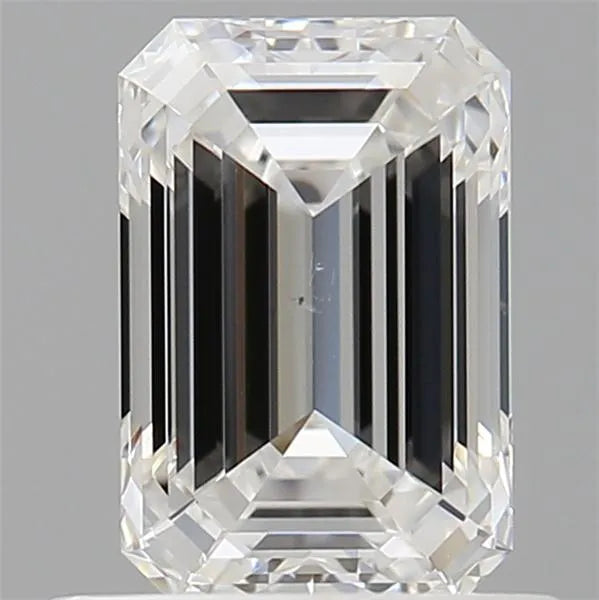

: invalid url input -->)


